Antioxidants found in coffee get more effective in non-polar environments.
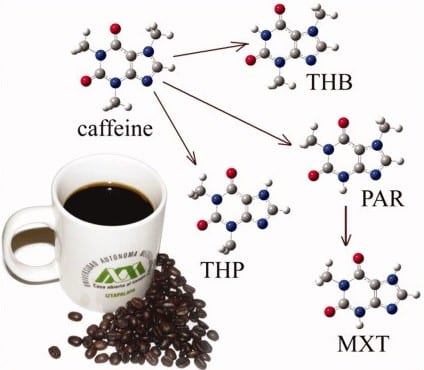

Antioxidants found in coffee get more effective in non-polar environments.
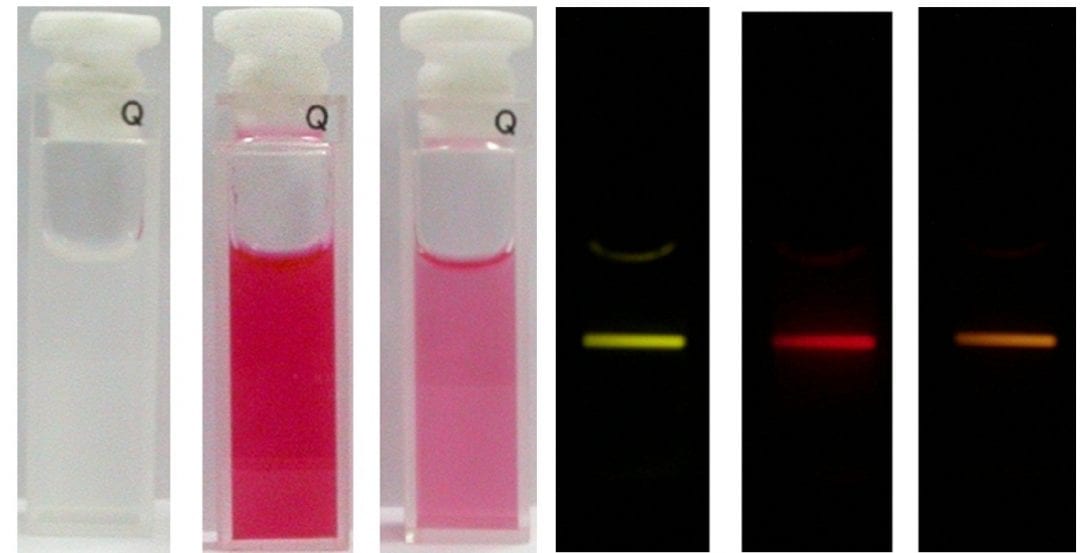
A new type of probe for detecting highly toxic cyanide anions has been developed by Professor F. Li and co-workers at Fudan University, China.
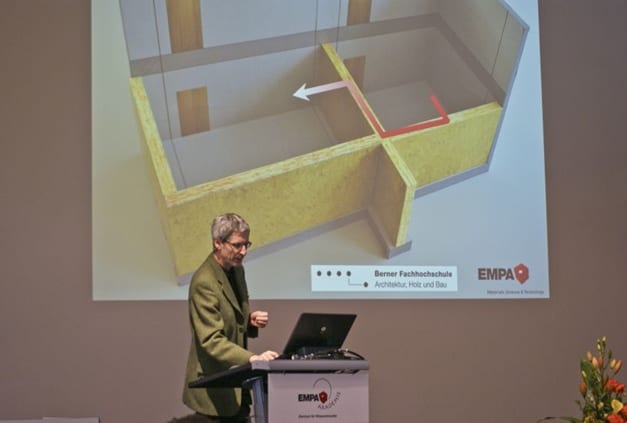
Empa’s wood research, including fire safety, acoustics, nanomodification, and more, was presented in detail at a recent symposium.
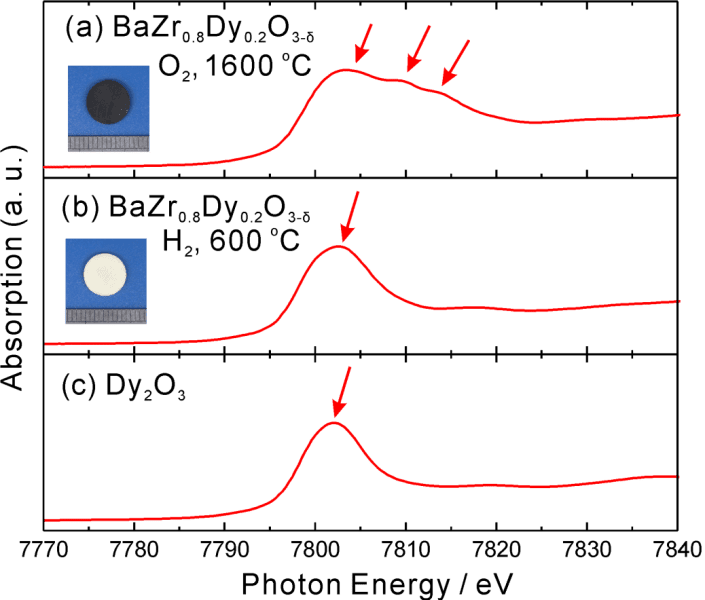
Professor Tetsuya Uda and co-workers have uncovered the first evidence of tetravalent dysprosium in a crystalline oxide material.

BASF has purchased the PET foam business of the Italian company B.C. Foam S.p.A., headquartered in Volpiano.
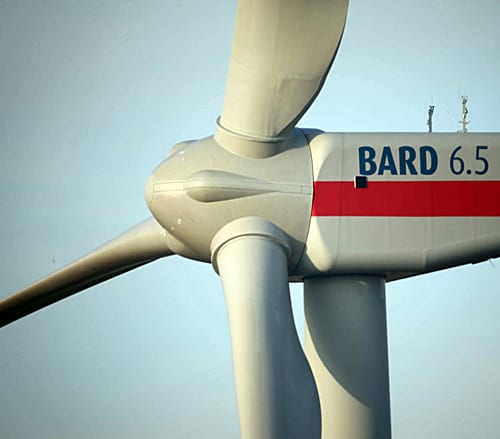
BARD is testing two prototypes of its new 6.5 megawatt class. The official beginning of the certification tests is scheduled for the end of February 2012.

Japanese companies target the future market for Lithium-ion batteries. Kureha, Kuraray, and Itochu jointly developed and commercialized a new hard carbon material called “Biocarbotron”.
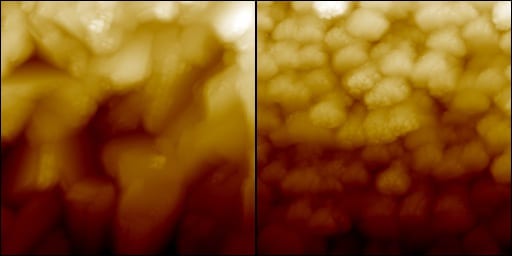
Professor Bruce Clemens and co-workers have shown that the presence of defects in CZTS solar cells brings about an increase in solar cell efficiency, in contrast to the behavior of classic semiconductor materials. This could lead to the developmemt of a commercially-viable solar cell made of earth- abundant raw materials.
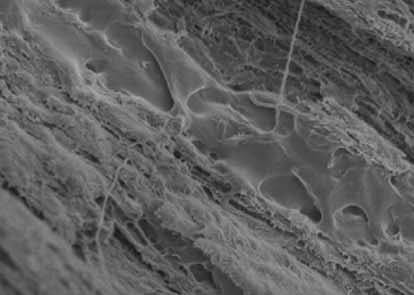
Researchers strengthen the environmentally friendly plastic PLA using cellulose nanofibers.
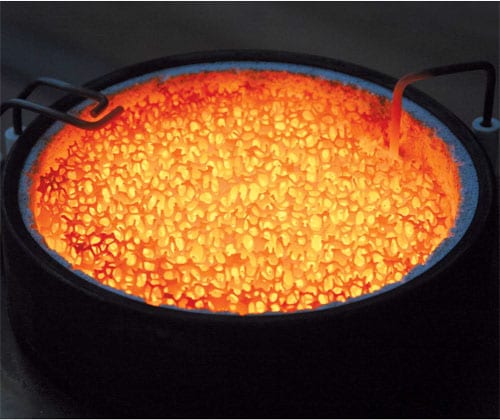
SGL Carbon’s porous reactors can synthesize hydrochloric and hydrofluoric acids and destroy pollutants in industrial waste gases.